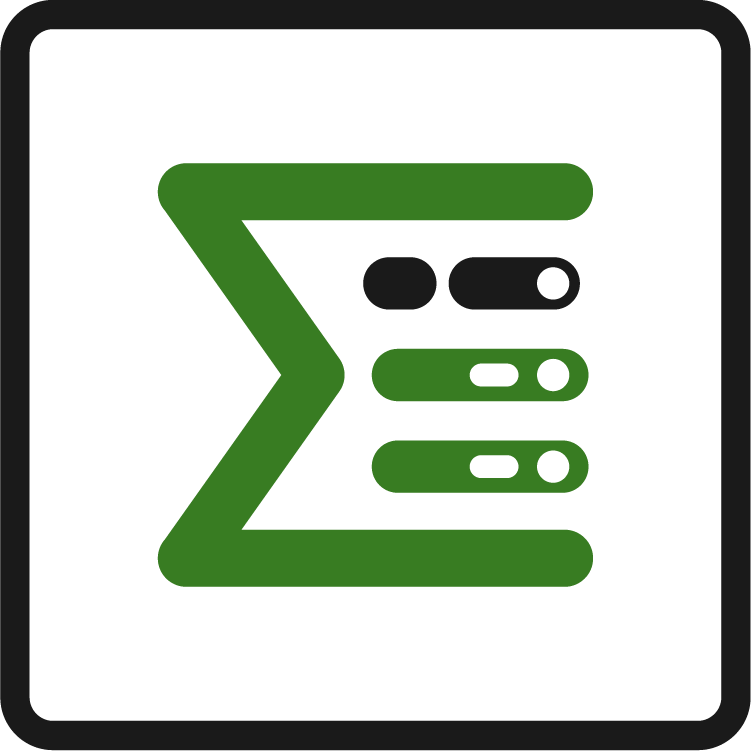Most common use cases
Basic use cases
Tracking projects time progress
To track the time progress of projects with simple progress bars was one of the main reasons we developed Epic Sum Up in 2015. And it’s still one of the most popular use cases.
The time progress bar reflects the estimated, spent and remaining time within a project hierarchy. If needed, a time budget can be added as well.
These progress bars can be used in the Summary Panel to track progress from the issue view or on the dashboard gadget to keep track of multiple projects at one glance.
Learn more about this use case in our video below.
You can learn more about the time progress bar here.
Tracking epic progress with story points
With Epic Sum Up you can track the progress of an epic with story points. In one progress bar you can visualize the issues resolved vs issues unresolved, weighted by story points.
These progress bars can be used in the Summary Panel to track progress in the issue view or on the dashboard gadget to keep track of multiple epics at once.
You can learn more about the story points progress bar here.
Finding comments or attachments with Epic Sum Up
With Epic Sum Up you get a comment as well as an attachment counter to help you find things quicker.
These counters can be used in the Summary Panel. They sum up all the comments/attachments within the hierarchy. By clicking on them a related overview opens up. Here you can use the search bar to find specific comments or attachments. And to help with difficult file names the Attachment Overview also comes with a preview gallery.
You can learn more about the summary counters here.
Configuration necessary
Dashboard gadget to track time and story point progress at a glance
Using the Epic Sum Up dashboard gadget you can track the progress of multiple projects, initiatives or epics in one view. With the metrics of your choice like time, story points and more.
From here every time you need to check in with the progress, you can just go to the dashboard, check all the progress bars and if something isn’t as its supposed to be you can click on the progress bar and have a look through the details. This view is called the Detail View Editor. Once you’ve finished your analysis here, you can close it and jump to the next project.
Learn how to configure the dashboard gadget here.
Tracking personnel costs with a calculated progress bar
Using a simple calculated progress bar from Epic Sum Up you can keep track of personnel costs per consulting project, epic or anywhere else you need to.
You need one custom field where you can put in the hourly rate and then you can configure a calculated progress bar to calculate time spent * hourly rate automatically.
The detailed guide on how to configure a calculated progress bar can be found here.
Tracking business value
There are a lot of possibilities on how and with what metrics you want to track your progress. Epic Sum Up supports the most common ones like time or story points but you can also use your own metrics.
Business value is one of the metrics we’ve seen customers track a lot.
To track it with Epic Sum Up you first need to create a custom field for it and then add it as a progress bar within the Summary Panel configuration.
You can learn more about how this works here.
Calculating the average time per story point
Knowing the average time spent per story point can be good for estimating the personnel costs of future development projects.
The calculation is story points / time spent, which you can configure in the Summary Panel configuration.
Cost estimation for personnel costs
Estimation is always time consuming but the more metrics you need to estimate the longer it takes. With this progress bar personnel cost estimation just got easier.
When you configure a calculated progress bar like this: Original estimate * hourly rate, Epic Sum Up will automatically calculate the estimated costs for this project. This way you have estimated costs automatically together with time. And you can take it into consideration when setting your cost budget for the project.
Learn more about calculated progress bars here.
